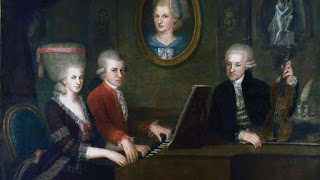literary Philosophy-Draft and Book concept-to be published-prefer an English publisher
The Evolution of Humanity from the Middle Ages to the fading Twentieth Century
Abstract
The problematic of two minor works of the Middle Ages and the Twentieth Century is very
peculiarly handled because reality is only narrated and the core of the narrative is thus left out.
Linda’s stories are not really plausible, if one considers the realities of the eighteenth century and
she does not really convince in her writing as her stylistic capacities are really desirable.
ZT
Abstract
1. 1. Major stylistic and portraying scarcity in “The Decameron” and “Incidents…”
1. The authoress seems too much entangled in details and hence the errors in writing are inevitable.
The narratives are also very illogically connected and therefore she manages to spoil the
conditional, which in writing should be kept formal, although the tendency is rather towards the
spoken language, especially in the States.
2. 1.1. In the introductory narrative Linda Brent recounts the “unusually fortunate
circumstances” of her childhood before she realized she was slave. Linda’s father is a carpenter
who –because of his extraordinary skills-is granted many of the privileges of a free man.
2.2. 1.2. The chapter introduces Linda’s mother, her brother William, and her uncle Benjamin
who is sold at age ten. Linda also introduces her maternal grandmother (referred to as Aunt Martha
by the white community), a strong-willed, resourceful woman who establishes a bakery to earn
money to buy her children’s freedom. She manages to earn 300 $ which she loans to her mistress,
who never repays her. When Linda is six years old, her mother dies. When she is twelve her
mistress dies, and Linda is sold to the five-year-old daughter of her mistress’ sister.
Like many other formerly enslaved black men and women who documented their life
stories. Narrative supplemented by the obligatory advocacy letters and testimonials (the traditional......copyright: dr Iulia L.


Comments